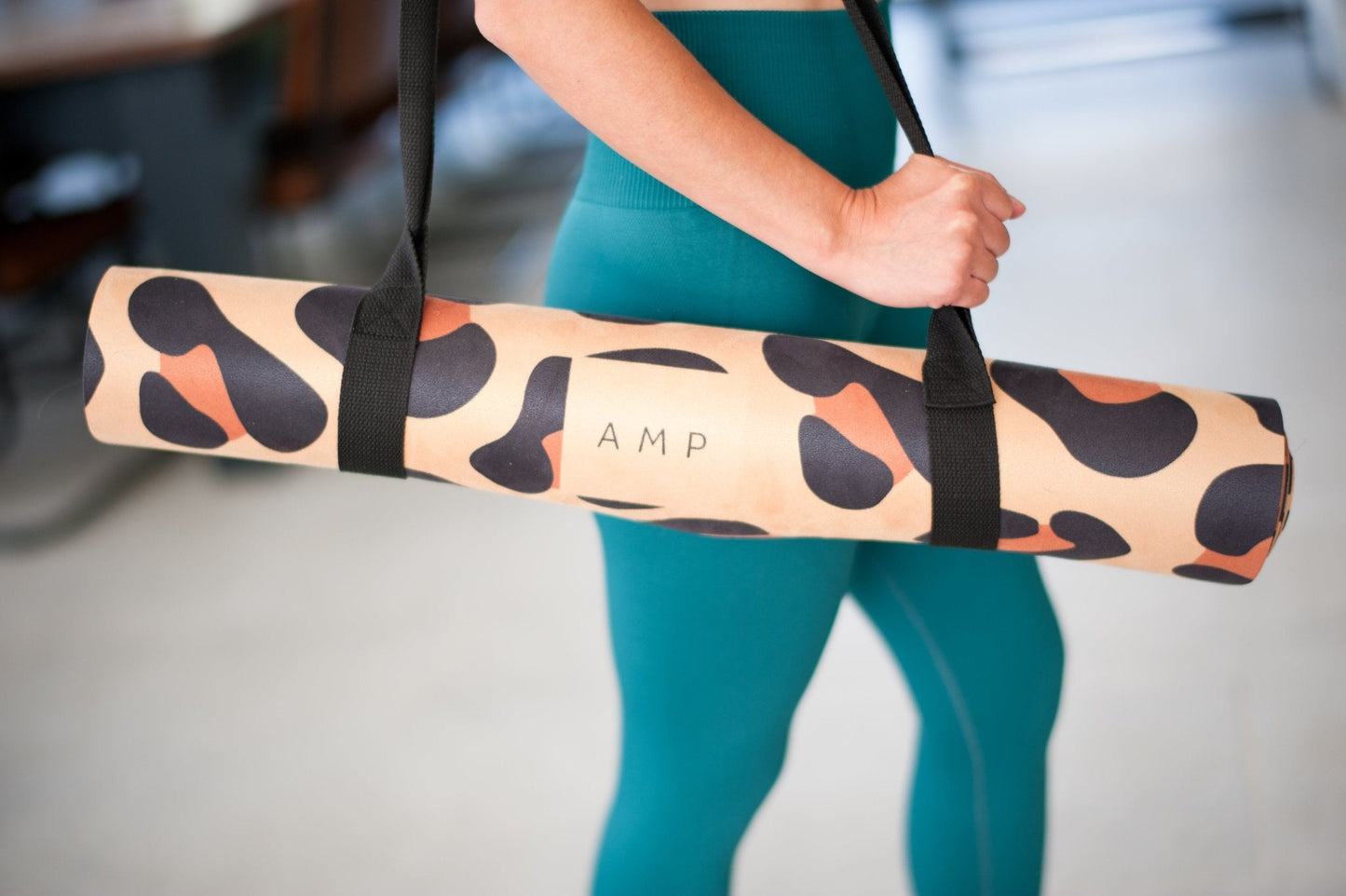Cork massage balls are more than just a sustainable alternative to traditional self-massage tools—they're a powerful, multifunctional resource for improving physical mobility, easing tension, and supporting mental wellbeing.
Whether you're looking to ease tight muscles, recover from a workout, or introduce mindful practices into your day, cork massage balls are a natural, effective solution designed to meet your needs. Here's why:
Why Cork Massage Balls Work
Cork is naturally firm yet slightly forgiving, making it ideal for targeting deep muscle tissue without being too aggressive. It’s also hypoallergenic, antibacterial, and eco-conscious—offering a cleaner, planet-friendly alternative to synthetic tools.
Benefits for Physical Therapy
1. Relieves Muscle Tension and Knots
Cork massage balls are ideal for breaking up tight fascia and trigger points, which helps reduce muscle pain and stiffness. According to research on myofascial release techniques, tools like massage balls can significantly enhance muscular recovery and flexibility (Cleveland Clinic).
2. Improves Mobility and Flexibility
By increasing blood flow and softening connective tissue, consistent use of a cork massage ball can improve joint range of motion and reduce risk of injury—particularly helpful in physical therapy and post-exercise recovery (Harvard Health).
3. Supports Myofascial Release
These balls can be used to apply pressure directly to stiff or sore areas, helping to release muscle adhesions without damaging sensitive tissue—a cornerstone of rehabilitation and chronic pain relief programs (National Library of Medicine).
4. Safe, Sustainable, and Hypoallergenic
Cork is naturally antimicrobial, lightweight, and biodegradable, making it both user-friendly and eco-friendly. It’s ideal for regular use at home, in the studio, or during travel.

Benefits for Mental Health and Mindfulness
1. Encourages Mindful Movement
Slow, intentional rolling using a cork massage ball can anchor your awareness in the present moment—supporting breathwork and grounding practices often used in somatic therapy (Verywell Mind).
2. Reduces Stress and Cortisol Levels
Self-massage techniques have been linked to reduced anxiety and lower stress hormone levels, offering a non-invasive way to calm the nervous system and promote emotional balance (American Massage Therapy Association).
3. Enhances Sensory Stimulation
The texture of cork provides gentle tactile stimulation, which can be particularly grounding for people managing stress or emotional dysregulation.
4. Supports Breathwork and Meditation
Applying the ball to acupressure points can enhance deep breathing exercises, promote stillness, and even aid sleep—particularly when used around the neck, scalp, or hands.
Best Practices: How to Use a Cork Massage Ball
Here are some targeted exercises to help you make the most of your cork massage ball, whether you're focused on recovery, relaxation, or both.
For Physical Therapy and Pain Relief
Foot Massage
Great for: Plantar fasciitis, sore arches
-
Sit or stand with the cork massage ball under your foot
-
Roll back and forth slowly, focusing on pressure points
-
Hold on tender spots for 20–30 seconds
Upper Back & Shoulder Release
Great for: Tension from desk work
-
Stand with your back against a wall
-
Place the ball between your upper back and the wall
-
Roll gently to locate trigger points and hold pressure as needed
Lower Back & Glutes Release
Great for: Sciatica and lower back stiffness
-
Sit on the floor with the ball under one glute
-
Gently lean into the ball, rolling in slow circles
-
Switch sides after 30–45 seconds
Jaw & Neck Tension Relief
Great for: Tension headaches, TMJ
-
Lie down and place the ball under the base of your skull
-
Slowly turn your head side to side
-
Use gentle pressure along the jawline for relief
For Mindfulness, Stress Relief, and Focus
Grounding with Breathwork
Great for: Anxiety, emotional overwhelm
-
Sit comfortably and hold the cork massage ball
-
Close your eyes and breathe deeply, focusing on the texture
-
Practice 4-4-6 breathing: inhale for 4 seconds, hold for 4, exhale for 6
Hand & Palm Reflexology
Great for: Focus, stress reduction
-
Roll the ball slowly around each palm
-
Apply pressure to the thumb pads and wrist area for 30–60 seconds
Chest & Heart Release
Great for: Emotional regulation
-
Stand against a wall and roll the ball across your chest and collarbones
-
Focus on deep, slow breathing as you release muscle tension
Acupressure for Relaxation
Great for: Sleep and nervous system reset
-
Use the ball on pressure points such as the temples, between the eyebrows, or the back of the neck
-
Hold each point gently for 20–30 seconds
- eco-friendly wellness

At a Glance: Goals & Best Exercises
| Goal | Recommended Exercise |
|---|---|
| Foot pain relief | Foot Massage |
| Upper body tension | Upper Back & Shoulder Release |
| Lower back and sciatica relief | Glutes & Lower Back Release |
| Jaw tension and headaches | Neck & Jaw Release |
| Anxiety and stress | Grounding with Breathwork |
| Emotional balance | Chest & Heart Release |
| Focus and relaxation | Hand Reflexology, Acupressure |
Final Thoughts
Incorporating a cork massage ball into your routine is a small but powerful way to support both body and mind. Whether you're aiming to relieve physical discomfort or create moments of mindfulness throughout your day, this sustainable tool offers real results—with zero fuss.
Ready to try it yourself?
Shop our Cork Massage Ball and experience the difference natural movement can make.






























